14 Best Plants to Grow in a Hydroponic Garden
If you are looking to start a hydroponic garden, choosing the right plants is essential for success. Hydroponics allows you to grow plants in water, giving them the nutrients they need while saving space and resources. Some plants thrive in this environment better than others, making it important to know which ones are best for hydroponics. Whether you are growing for culinary purposes or simply enjoy gardening, there are plants that will work well in your system.
This post may contain affiliate links, which helps keep this content free. Please read our disclosure for more info.
Lettuce
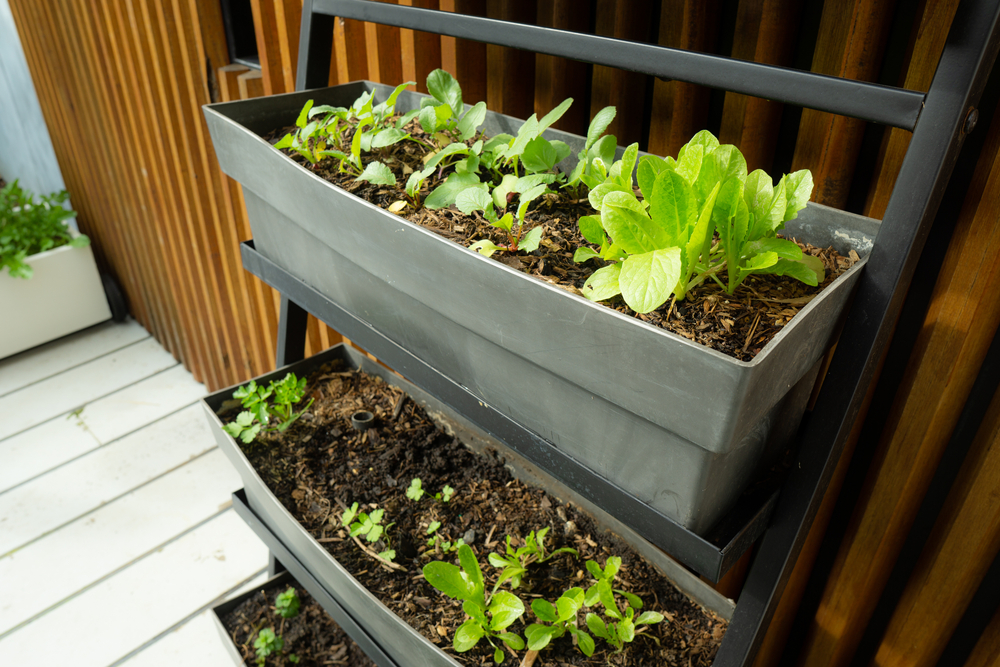
Lettuce is one of the most popular choices for hydroponic systems due to its quick growth and low maintenance. It thrives in a water-based environment, needing only the right nutrients and pH balance to flourish. This leafy green can grow in a variety of hydroponic setups, such as deep water culture or nutrient film technique. It is perfect for beginners and can provide a continuous harvest when grown in a well-maintained system.
Because lettuce is a cool-weather crop, it is ideal for hydroponic gardening year-round. Growing it hydroponically helps avoid pests and soil-borne diseases, which are common in traditional gardening. You can grow several varieties, including Romaine, Butterhead, and Leaf Lettuce, each offering a different texture and flavor. This makes it a versatile choice for any hydroponic garden.
Tomatoes
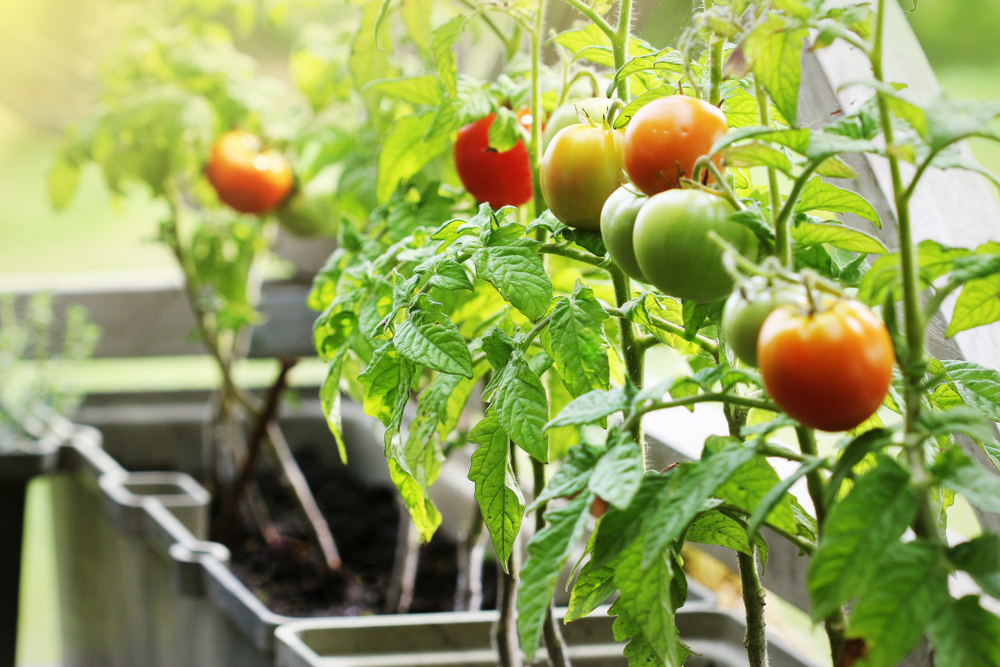
Tomatoes are a favorite in hydroponic gardens, known for their high yield and rich flavor. With proper support and the right conditions, they can grow successfully indoors or outdoors. A hydroponic system helps control the environment, giving tomato plants the right amount of nutrients and water. This can lead to quicker, more consistent growth compared to traditional soil-based methods.
Hydroponic tomatoes typically require a system with good air circulation and space for their vines to spread. As a warm-weather plant, they thrive in temperatures between 70-80°F. With the right lighting and nutrients, you can grow fruit that is ripe and ready to harvest. In a hydroponic setup, you can enjoy fresh, homegrown tomatoes throughout the year.
Spinach
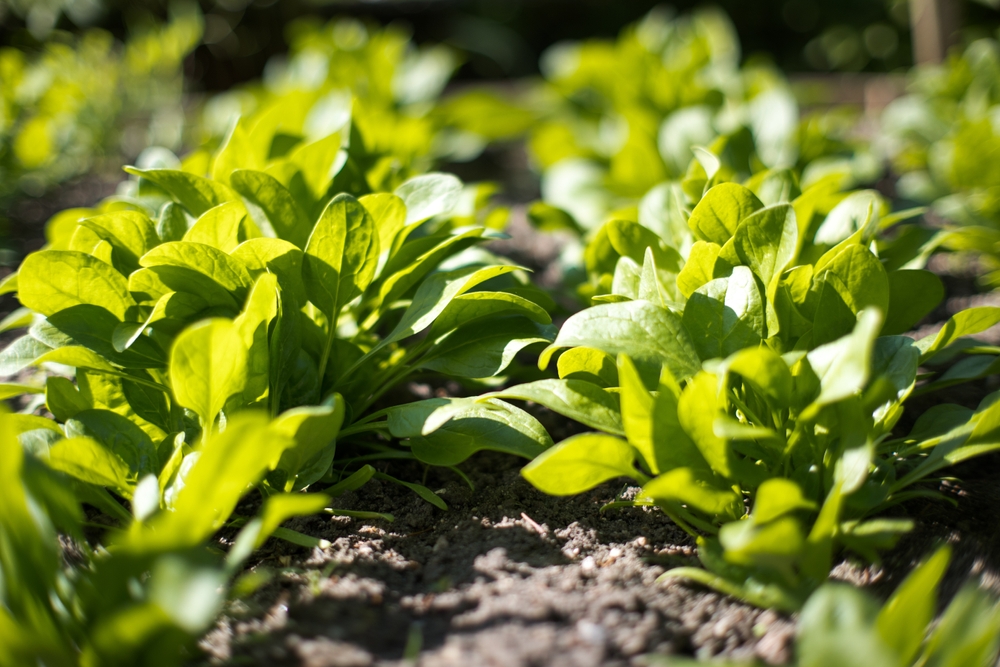
Spinach is an excellent choice for hydroponic gardening due to its rapid growth and high nutritional value. It requires a system with steady water flow and sufficient light to promote healthy leaves. This leafy green thrives in a hydroponic setup, where it can receive the necessary nutrients directly from the water. Spinach is rich in vitamins and minerals, making it a healthy addition to any garden.
Because spinach grows quickly in hydroponics, it can be harvested multiple times throughout the growing season. It prefers cooler temperatures, typically between 55-70°F, which makes it an ideal choice for both indoor and outdoor hydroponic gardens. Additionally, hydroponically grown spinach tends to have more vibrant leaves, free from common pests. This ensures a clean, nutrient-packed harvest.
Herbs (Basil, Mint, Parsley)
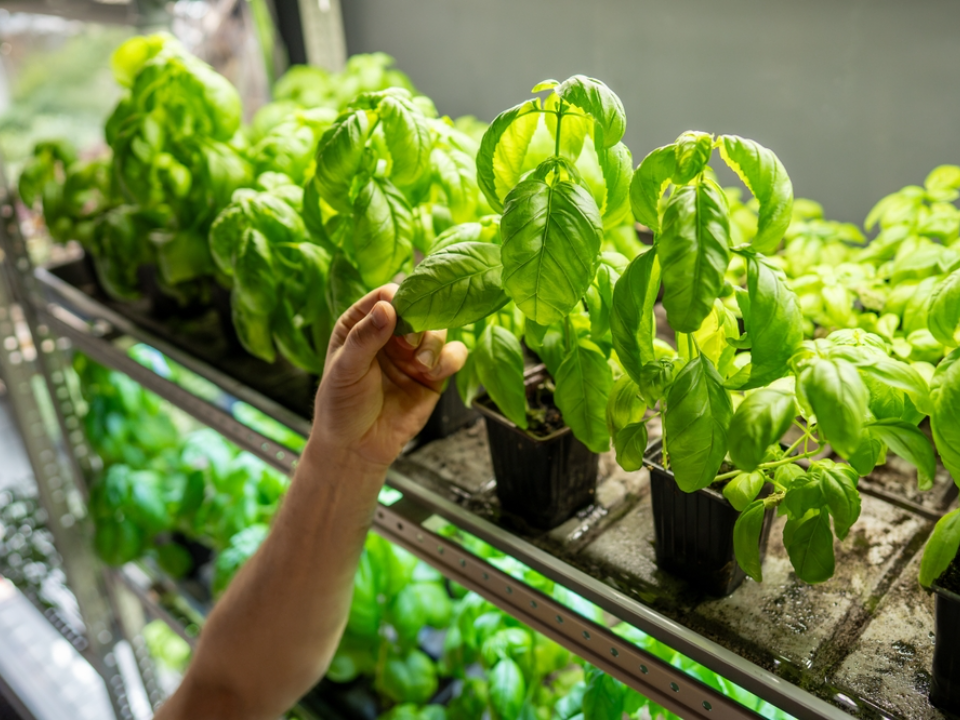
Herbs such as basil, mint, and parsley are perfect for hydroponic gardening, offering both culinary and health benefits. These plants thrive in a water-based system, growing quickly and consistently when provided with the right nutrients. Herbs need less space compared to larger plants, making them ideal for small hydroponic setups. You can grow a variety of herbs in one system, allowing for a fresh, fragrant addition to your kitchen.
Hydroponic herbs tend to have stronger flavors and better growth rates compared to soil-grown plants. These herbs can be grown in small net pots or towers, which makes them an excellent choice for beginners or limited spaces. They do well with regular harvesting, promoting new growth throughout the season. Plus, herbs are often more resistant to pests when grown hydroponically.
Cucumbers
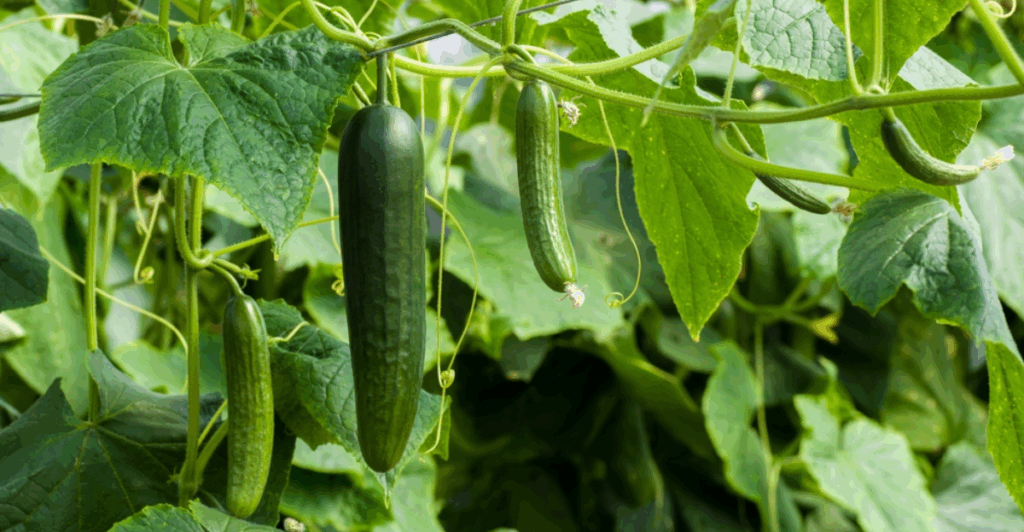
Cucumbers are a great option for hydroponic gardening, especially in a vertical or deep water culture system. They need plenty of space for their vines to grow, making them well-suited to larger hydroponic systems. Cucumbers require a warm environment and a consistent supply of water and nutrients to thrive. Their rapid growth makes them a rewarding choice for experienced gardeners looking to grow in a hydroponic setup.
In a hydroponic system, cucumbers can produce high-quality fruit that is crisp and flavorful. They are less susceptible to common soil diseases and pests, which makes them an attractive option for indoor gardening. A hydroponic cucumber plant can continue to produce fruit throughout the growing season with proper care and attention. The compact growing system minimizes the need for soil while maximizing yield.
Peppers
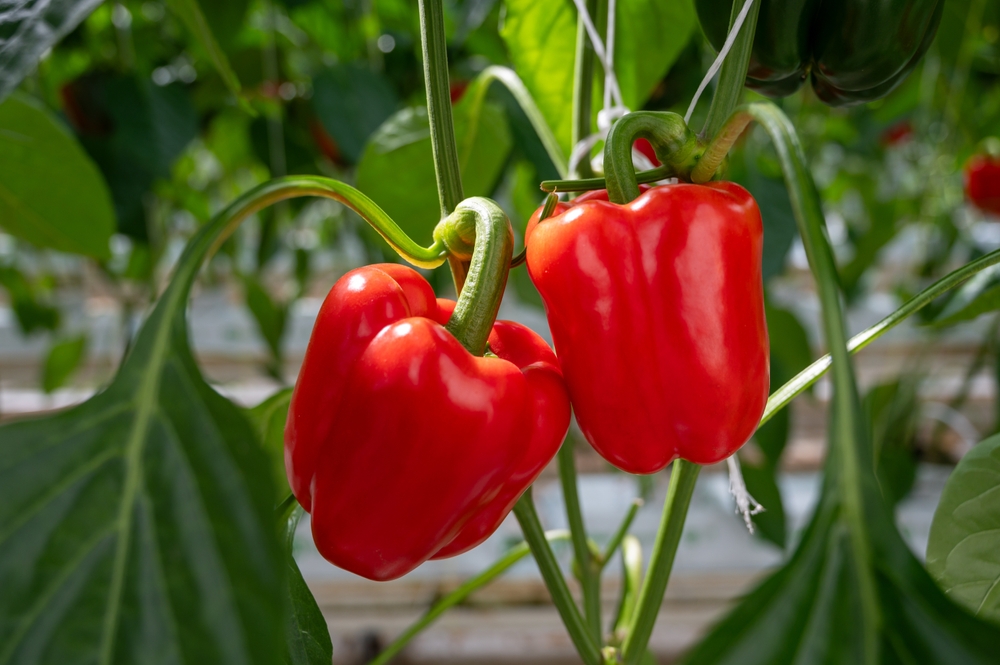
Peppers, both hot and sweet, are highly adaptable to hydroponic systems. These plants grow well in a controlled environment where they can receive consistent nutrients and water. Peppers can be grown vertically, which helps maximize space in your hydroponic garden. They require temperatures between 70-80°F and need plenty of light to produce a bountiful harvest.
Hydroponic peppers tend to mature faster and yield more fruit compared to traditional methods. The ability to control nutrient levels ensures that peppers develop strong flavor and color. Growing them hydroponically also means fewer pests and diseases, which can affect soil-grown plants. These plants are well-suited to both beginners and seasoned hydroponic gardeners alike.
Kale
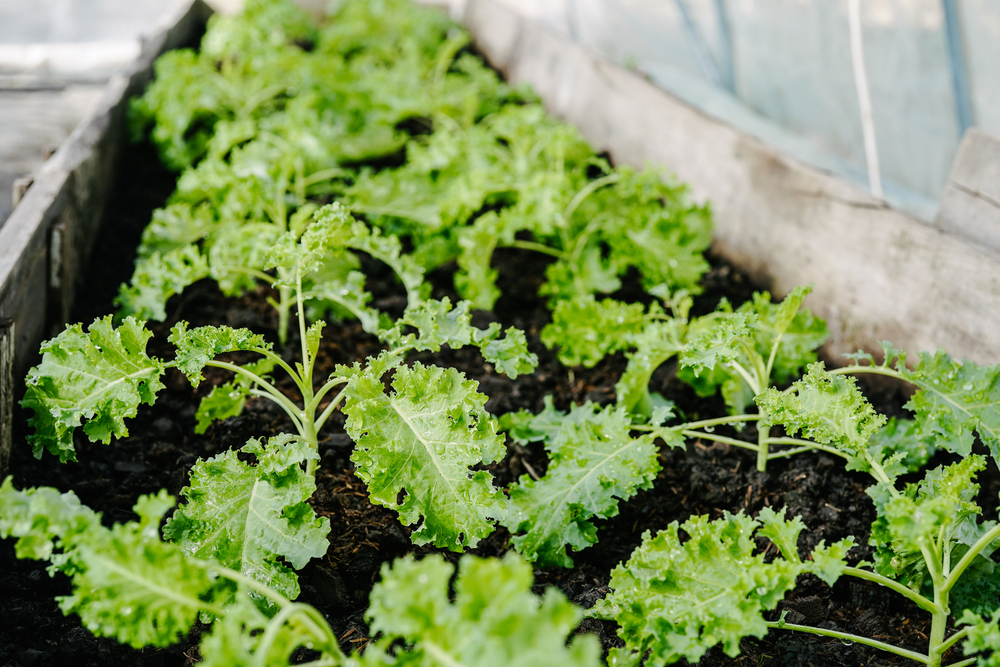
Kale is a hardy, nutrient-packed green that thrives in hydroponic systems. It is an excellent choice for gardeners looking to grow a leafy green with a high nutritional profile. Kale prefers cooler temperatures and does well in deep water culture systems or nutrient film techniques. With proper light and nutrients, it grows quickly and can be harvested multiple times.
This plant is especially popular in hydroponic setups because it tends to grow faster and with more vibrant leaves compared to soil-grown kale. Kale is packed with vitamins A, C, and K, making it a popular addition to salads and smoothies. It does not require much space, making it a great choice for vertical gardening systems. Hydroponically grown kale remains fresh and flavorful, free from pests or diseases.
Radishes
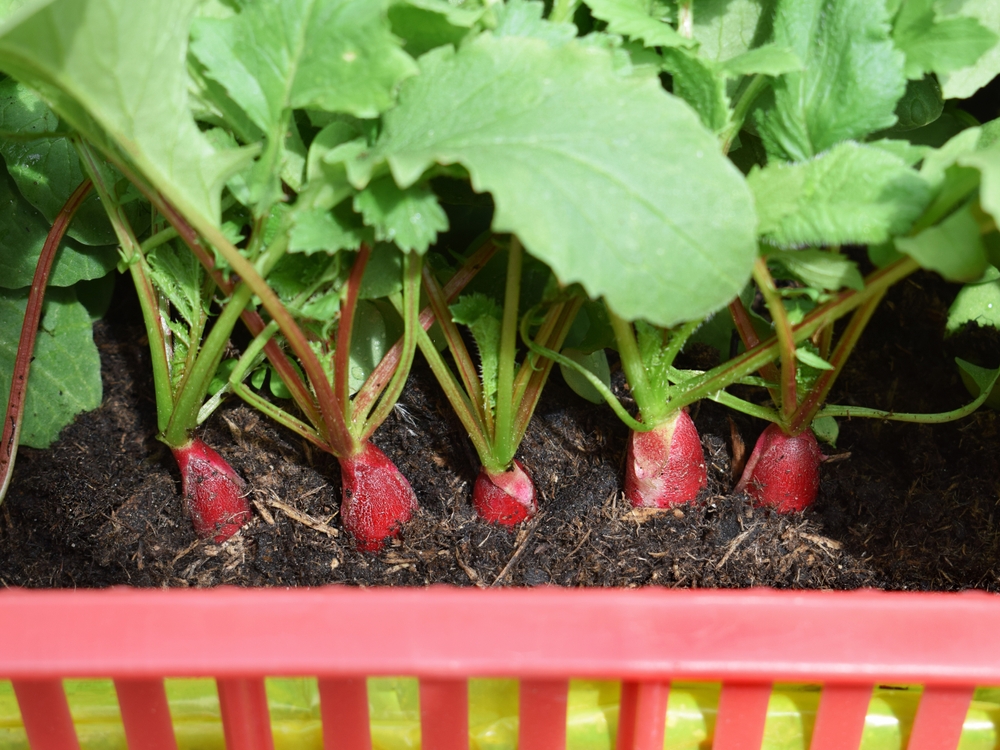
Radishes are one of the fastest-growing crops in a hydroponic garden, making them ideal for those looking for a quick harvest. They thrive in both deep water culture and wick systems, requiring minimal maintenance. Radishes are perfect for beginner hydroponic gardeners due to their quick growth and ease of care. These root vegetables enjoy cooler temperatures, which makes them ideal for indoor or temperature-controlled environments.
In a hydroponic setup, radishes grow quickly and tend to be free from common soil pests. Their compact size allows them to be grown in small spaces, making them perfect for smaller systems. Radishes also grow with vibrant color and a crisp texture, making them a delightful addition to salads and garnishes. This easy-to-grow vegetable offers quick results for those starting in hydroponics.
Swiss Chard
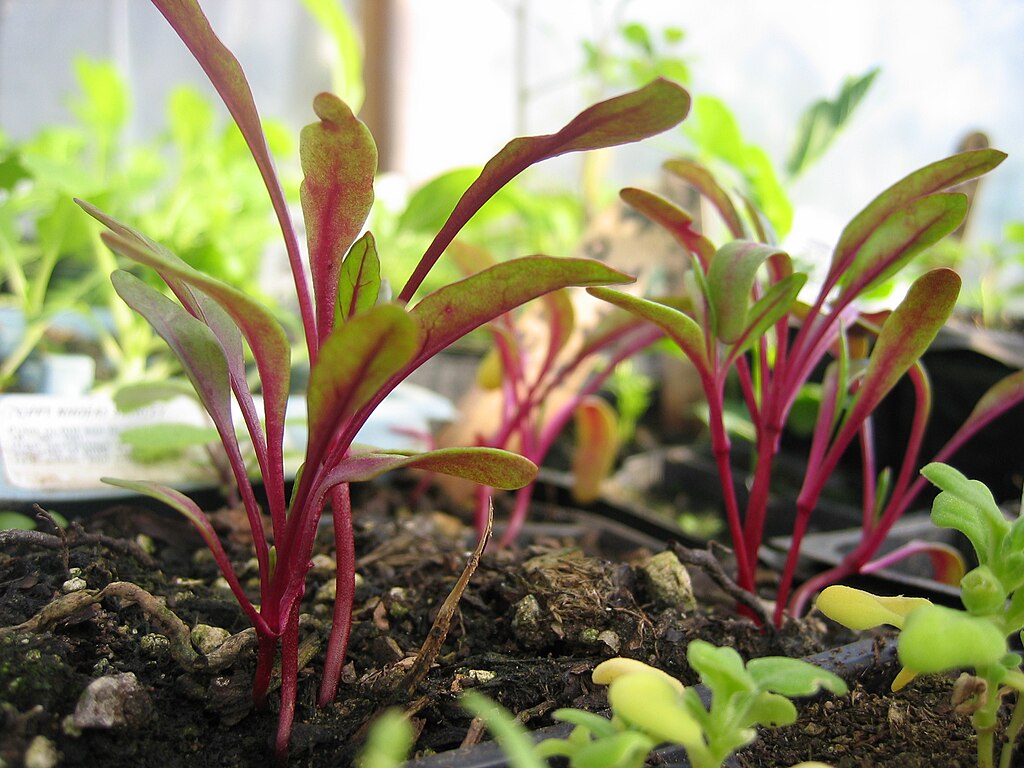
Swiss chard is a versatile leafy green that does well in hydroponic systems, thriving in both warm and cooler conditions. It is known for its vibrant stems and dark, nutrient-rich leaves. Chard grows quickly and requires only a moderate amount of space, making it suitable for various hydroponic setups. This plant needs a steady supply of water and nutrients to produce its beautiful, colorful leaves.
Hydroponic Swiss chard is often preferred for its resistance to pests and its ability to grow year-round. The plant is rich in vitamins A, C, and K, making it a healthy addition to any garden. It is highly productive, offering multiple harvests over the growing season. Whether in a deep water culture or vertical garden, Swiss chard is easy to grow and maintain.
Strawberries
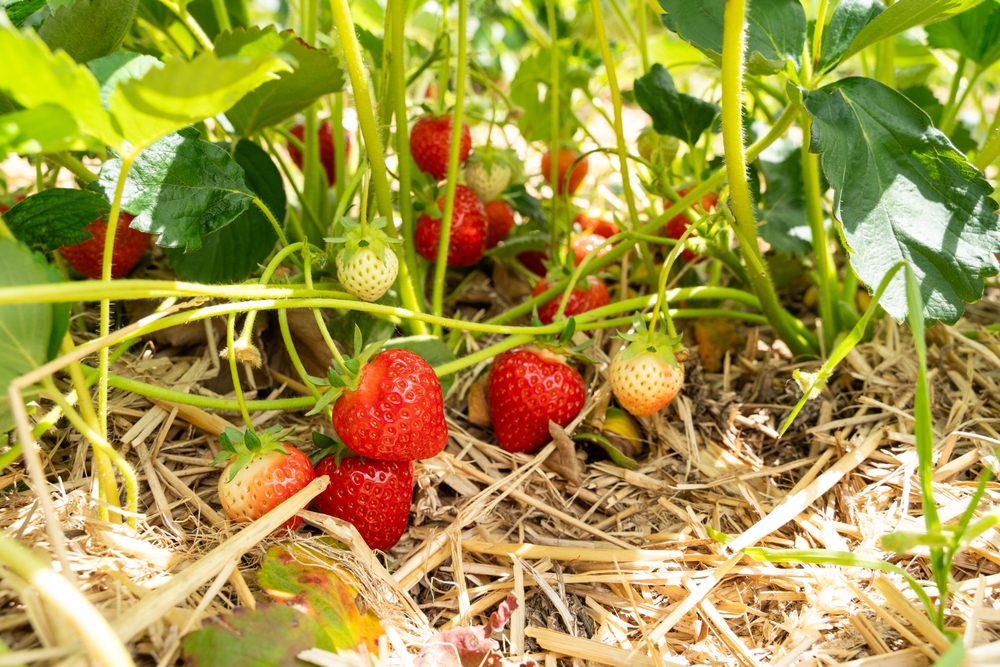
Hydroponically grown strawberries are a rewarding choice for any garden. They can be grown in small spaces, using vertical systems or towers to maximize yield. Strawberries need consistent nutrients and pH levels to produce sweet, flavorful fruit. They also require proper lighting and warmth to thrive in a hydroponic environment.
Growing strawberries hydroponically results in cleaner fruit, as there is no soil to harbor pests or diseases. These plants can produce fruit quickly, with some varieties yielding multiple harvests in a single growing season. Hydroponically grown strawberries are often sweeter and juicier compared to those grown in traditional soil-based gardens. This makes them a sought-after choice for hydroponic enthusiasts.
Watercress
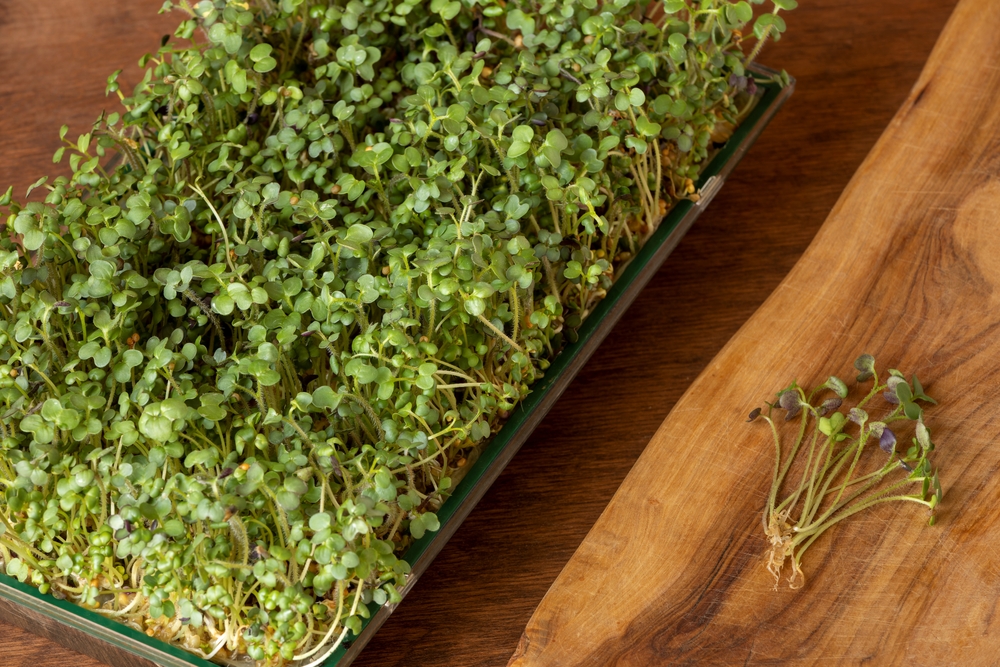
Watercress is a fast-growing, nutrient-packed plant that thrives in hydroponic systems. It is well-suited for aquaponic or deep water culture systems due to its ability to grow in wet conditions. Watercress needs plenty of light and a steady supply of nutrients to thrive. It is rich in vitamins and minerals, making it a healthy addition to any hydroponic garden.
This plant grows quickly and can be harvested multiple times throughout the season. Hydroponic watercress is especially popular for its crisp, peppery flavor, commonly used in salads and garnishes. Growing it hydroponically eliminates the need for soil and reduces the risk of pests. Watercress is a great choice for those looking to add an easy-to-grow, high-nutrient plant to their system.
Arugula
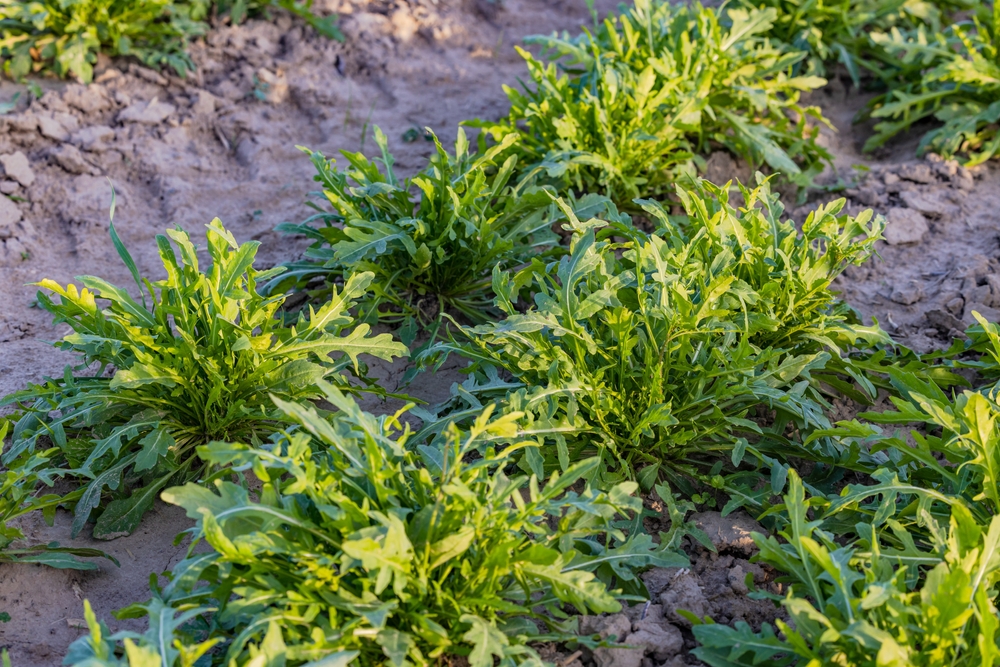
Arugula is another fast-growing leafy green that does exceptionally well in hydroponic systems. It prefers cooler temperatures and can thrive in various hydroponic setups, including deep water culture and nutrient film techniques. Arugula is known for its spicy, peppery flavor, which makes it a popular choice for salads and garnishes. With proper light and nutrient management, arugula grows quickly and can be harvested multiple times.
Hydroponic arugula tends to have more intense flavor and vibrant leaves compared to soil-grown varieties. It grows quickly, offering a continuous supply of fresh greens. Arugula does not take up much space, making it perfect for smaller hydroponic systems. Additionally, it grows well alongside other leafy greens, allowing for diverse harvests.
Cabbage
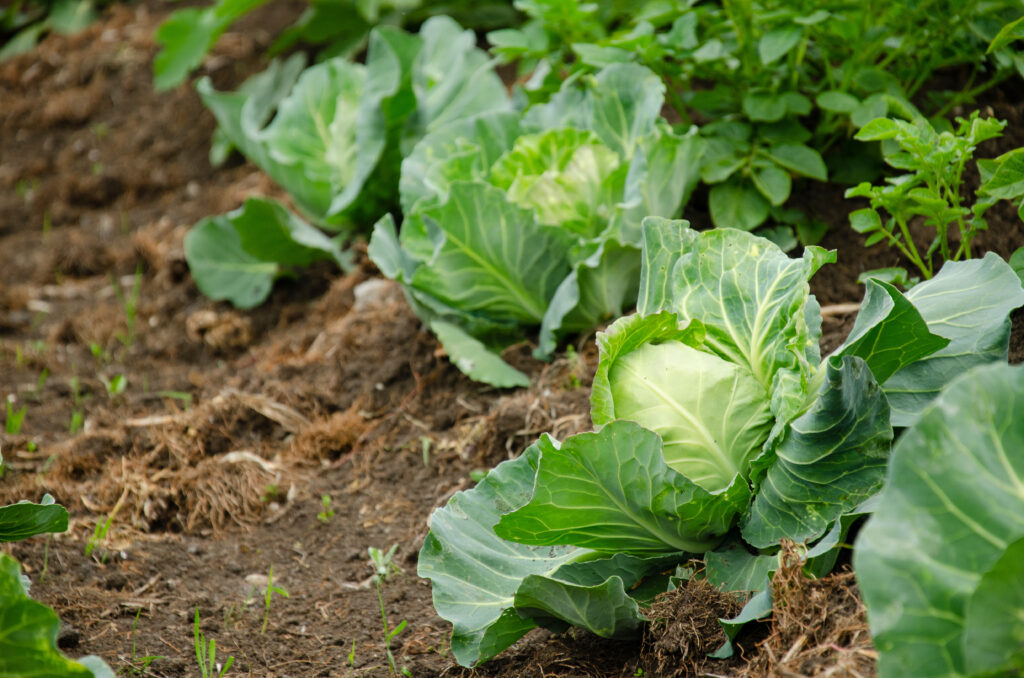
Cabbage is a hardy, nutritious plant that can be successfully grown in a hydroponic setup. It thrives in both cooler temperatures and controlled environments, making it a great choice for indoor hydroponic gardens. Cabbage requires a stable water supply and regular feeding to ensure healthy head development. With the right care, cabbage grows quickly and can be harvested multiple times.
Hydroponically grown cabbage tends to be more uniform and less prone to pests and diseases compared to soil-grown varieties. It grows well in larger hydroponic systems that offer ample space for its roots. Cabbage is highly versatile and can be used in salads, soups, and stews. Growing it hydroponically ensures a high-quality, nutrient-dense crop.
Mustard Greens
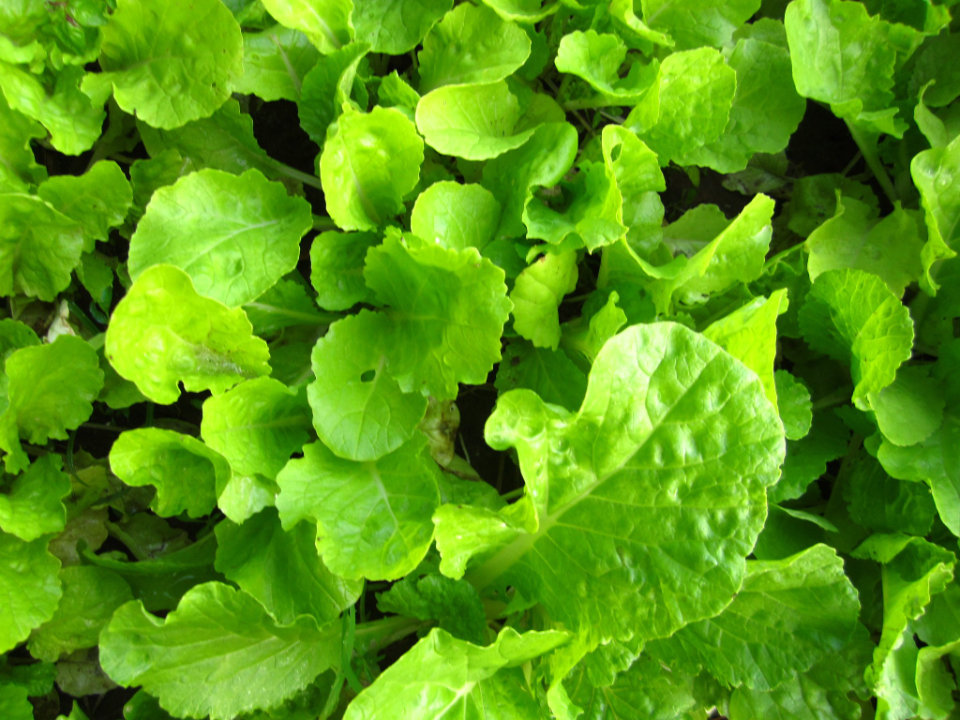
Mustard greens are an easy-to-grow, nutritious plant that thrives in hydroponic systems. These greens prefer cooler temperatures and do well in deep water culture systems. Mustard greens grow quickly and produce large, flavorful leaves that are packed with vitamins and minerals. They are a perfect addition to any hydroponic garden, offering a quick and healthy harvest.
This plant is known for its peppery, slightly bitter flavor, making it a popular choice for salads and cooked dishes. Hydroponically grown mustard greens tend to have stronger flavor and texture than those grown in traditional soil-based gardens. These greens can be harvested continuously, providing fresh produce for months. They are also resistant to many common pests, making them ideal for hydroponic gardening.
This article originally appeared on Avocadu.
